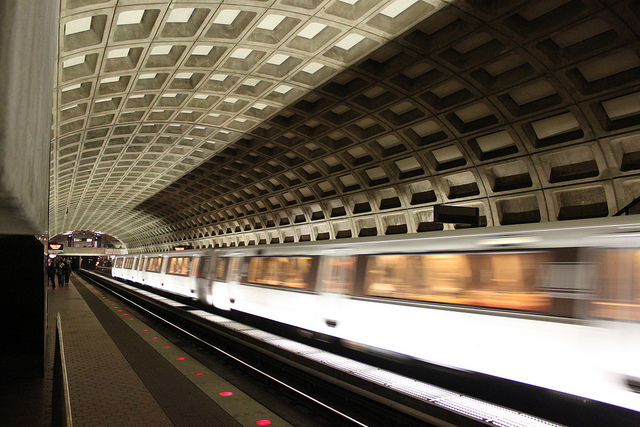At any given time, the average auto has somewhere around 1.6 passengers, and the average (typically 40-seat) bus has only about 10. Rail
vehicles typically have more passengers (on average about 25), but then
again they are also typically much larger. Thus their average load
factor (percentage of seats filled) is also not high, at about 46
percent for heavy rail systems (think subways in major cities) and about
24 percent for light rail (think systems that mostly run at street
level).
It is not clear that moving around large and
largely empty vehicles is much of an improvement over moving around
smaller ones. In fact, it may be worse.
According to the Department of Energy’s Transportation Energy Data Book,
in 2010 transporting each passenger one mile by car required 3447 BTUs
of energy. Transporting each passenger a mile by bus required 4118 BTUs,
surprisingly making bus transit less green by this metric. Rail transit
admittedly fares better, at 2520 BTUs per passenger mile, but even this
is not the kind of slam-dunk advantage over the auto that transit
advocates might hope for.
There are some qualifications here, some of which aid transit and
some the car. The sources of transit’s energy—electricity in the case of
rail, and often natural gas in the case of bus—are typically cleaner
than those of the auto, so that even with higher energy usage, transit
may produce fewer greenhouse gases. Still, even taking this into
account, a bus produces more CO2 per passenger mile than the car for most trips.
http://www.freakonomics.com/2012/11/07/can-mass-transit-save-the-environment-right-wing-or-left-wing-heres-a-post-everybody-can-hate/
Monday, November 19, 2012
Subscribe to:
Post Comments (Atom)

No comments:
Post a Comment